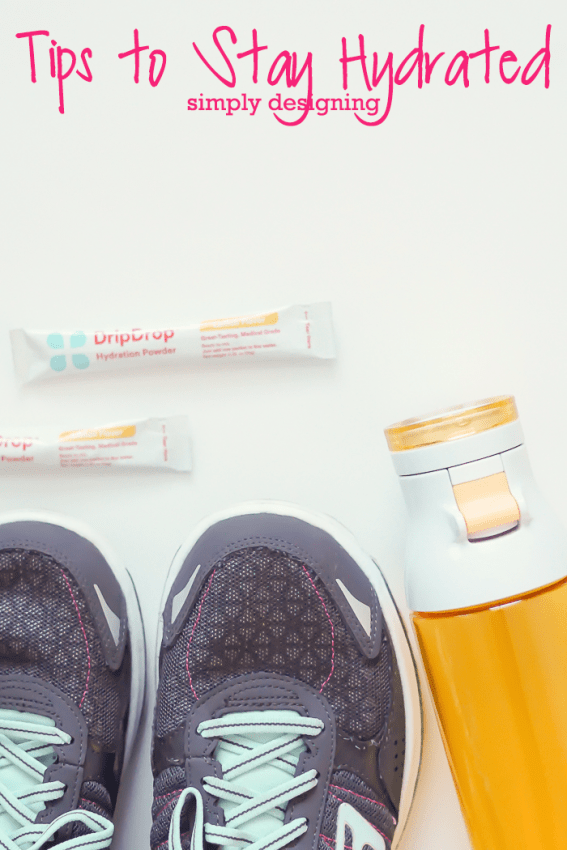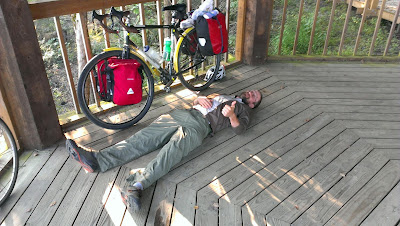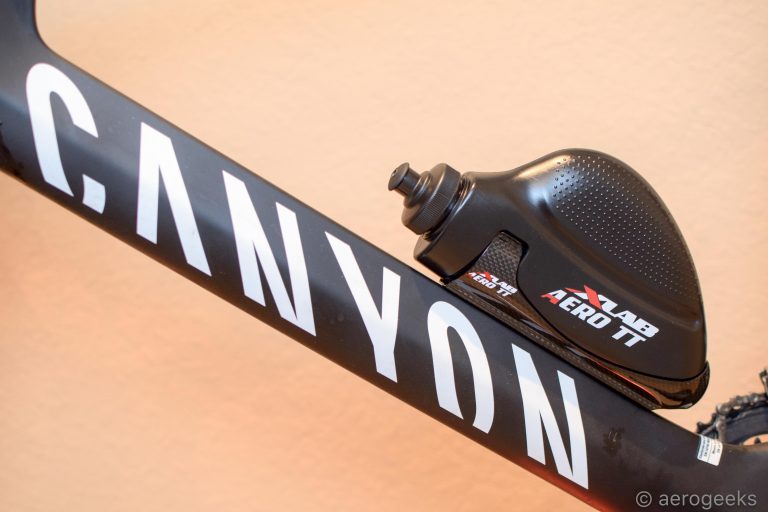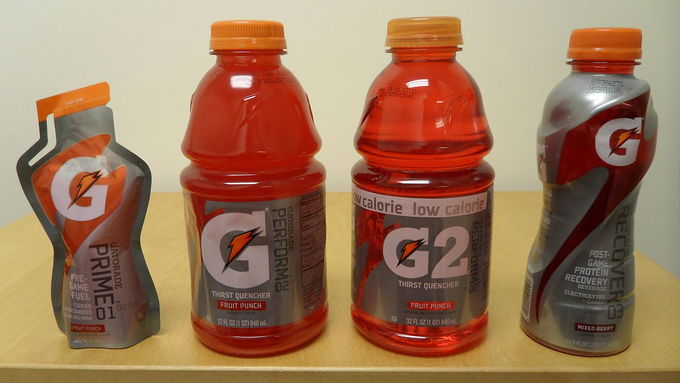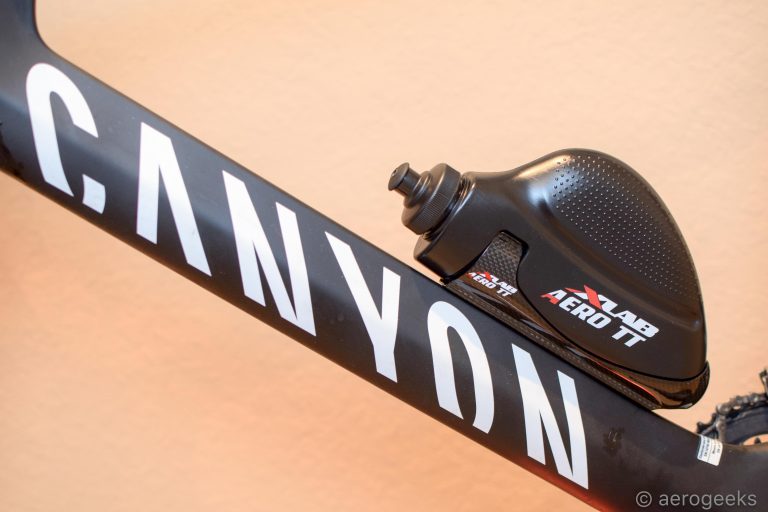# How to Stay Hydrated on Long Rides: Essential Strategies for cyclists
Staying hydrated during long rides is crucial for cyclists of all levels. Proper hydration not only enhances performance but also ensures safety and prevents serious conditions such as dehydration. Whether you’re a beginner looking to enjoy leisurely weekend rides or an experienced rider training for a race, understanding how to stay hydrated on long rides is paramount. In this comprehensive guide, we’ll delve into various hydration tips, discuss the balance between water intake and electrolytes, and explore the best hydration strategies for cyclists.
## Introduction
For cyclists, maintaining proper hydration is more than just a matter of comfort—it’s about optimizing performance and ensuring safety on the road. Dehydration can lead to decreased coordination, fatigue, and even heat exhaustion, which is why understanding and implementing effective cycling hydration techniques is vital. This guide will provide insights into creating a hydration schedule, utilizing hydration gear, and understanding fluid replacement strategies to keep you in peak condition during your rides.
Cycling performance metrics often highlight the importance of hydration in achieving optimal speed, endurance, and power output. Alongside these, maintaining your bike with proper bike maintenance tips can also contribute to a smooth and enjoyable ride.
## The Science Behind Cycling Hydration
Understanding Fluid Dynamics and Electrolyte Balance
Cyclists lose fluids and essential minerals through sweat, which can lead to an imbalance of electrolytes if not properly managed. Electrolyte balance is crucial because these minerals, including sodium, potassium, and magnesium, help regulate muscle function, nerve signaling, and fluid balance. During long rides, maintaining this balance is key to preventing cramps and fatigue.
The Role of Fluid Replacement
Effective fluid replacement strategies involve consuming water and electrolyte-rich fluids, such as sports drinks, at regular intervals. Research shows that even a 2% decrease in body weight due to dehydration can significantly impair performance. Therefore, monitoring your water intake is essential for sustaining energy levels and optimizing ride endurance.
## Creating a Hydration Schedule
Setting Up for Success
Having a well-planned hydration schedule can prevent dehydration and overhydration, both of which can impede performance. Here are practical steps to help you establish an individualized schedule:
1. **Pre-Ride Hydration:** Consuming roughly 500ml of water about two hours before the ride can help ensure you’re properly hydrated from the start.
2. **During the Ride:** Aim to drink about 200-300ml every 20 minutes. This can vary depending on climate conditions, so adjust accordingly if you’re riding on a particularly hot day.
3. **Post-Ride Rehydration:** After your ride, replenish with drinks that restore fluids and electrolytes. Chocolate milk, for example, is an excellent post-exercise rehydration method due to its optimal protein to carbohydrate ratio.
To manage this effectively, consider using hydration packs or water bottles equipped with measurement marks to help track your fluid consumption.
## Using Hydration Gear: Packs and Bottles
Choosing the Right Hydration Gear
The gear you choose significantly affects how comfortably and efficiently you stay hydrated during long rides.
Hydration Packs vs. Water Bottles
– **Hydration Packs:** These are backpacks with a water reservoir and a hose for easy sipping while cycling. They’re ideal for longer rides and provide ample capacity (up to 3 liters or more). They also free up your hands, allowing you to hydrate without stopping.
– **Water Bottles:** They’re more suitable for shorter rides where frequent stops are possible. They come in various sizes, and choosing one with an insulated design can keep your water cooler for longer.
Hydration Reminders
Integrating technology can offer invaluable reminders to consume fluids regularly. Hydration apps and bike-mounted tech can alert you when it’s time to take a drink, making it easier to stick to your hydration schedule.
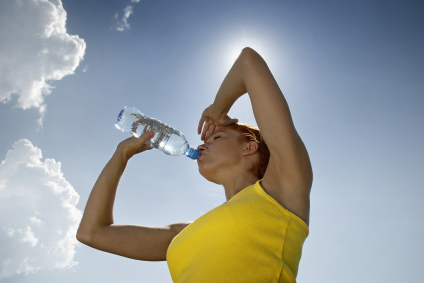
## Strategic Fluid Consumption
Balancing Water and Electrolyte Intake
Water alone isn’t enough for long rides, especially in hot conditions. Sports drinks come in handy, offering the dual benefit of hydration and electrolyte replenishment. They usually contain a mix of carbohydrates and essential minerals designed to be quickly absorbed by the body.

## Advanced Training Techniques and Hydration
Hydration for Power-Based Training and Interval Sessions
For cyclists engaging in advanced training regimes like power-based training or interval training, hydration plays a critical role in sustaining high levels of performance. These types of workouts are highly demanding and can rapidly deplete your body’s water and electrolyte levels.
**Real-Life Hydration Strategies:**
– **Interval Training:** During intense interval sessions, aim to consume fluids during the rest intervals. This ensures recovery between sets and maintains high performance.
– **Mental Resilience:** Maintaining hydration not only supports physical endurance but also helps in staying mentally resilient, as dehydration can impair cognitive functions.
## Data and Studies
Research Insights on Cycling Hydration
Studies indicate that staying properly hydrated can improve VO2 max—the maximum rate of oxygen consumption—by ensuring efficient energy production during aerobic activities. Additionally, using power meters for performance tracking highlights the importance of hydration in maintaining steady power output, particularly over long distances.
## Addressing User Intent and Benefits
Meeting Different Cyclist Needs
Whether you’re working to improve endurance, optimize cycling techniques, or enhance your workout efficiency, hydration strategies are a universal benefit:
– **For Beginners:** Staying hydrated helps you get accustomed to longer rides without unnecessary fatigue.
– **For Advanced Cyclists:** Proper hydration ensures that your advanced training sessions are maximized for performance benefits.
The benefits of hydration extend beyond immediate performance, contributing to better recovery, reduced injury risks, and overall rider satisfaction.
## Visual Content Suggestions
**Insert visuals as needed:**
– A diagram illustrating sustainable hydration strategies, focusing on the impact of electrolytes on muscle function and endurance.
– Infographics showing a breakdown of recommended fluid intake during various stages of a ride.
## Conclusion
Cyclists of all levels must understand how integral hydration is for long rides. From preventing cramps and heat exhaustion to enhancing performance and endurance, staying hydrated is a critical aspect of cycling. With the tips and strategies outlined here, you’ll be well-equipped to create an effective hydration plan that keeps you riding strong. Start implementing these techniques today and share your experiences to encourage fellow cyclists.
## FAQs
Frequently Asked Questions
1. **Why is hydration important for long rides?**
Hydration is crucial for maintaining energy levels, preventing cramps, and ensuring overall safety during long rides. It helps regulate body temperature and supports muscle function.
2. **What is the best way to hydrate during a ride?**
The best way is to consume fluids consistently, including water and electrolyte-rich sports drinks, every 20-30 minutes during your ride.
3. **How do I know if I’m dehydrated while cycling?**
Signs of dehydration include extreme thirst, fatigue, dizziness, and decreased coordination. Pay attention to how your body feels and be proactive with your fluid intake.
4. **Are sports drinks necessary for cycling?**
Sports drinks are beneficial, especially for rides over an hour, as they replace lost electrolytes and provide carbohydrates for energy.
5. **What should I do if I become dehydrated during a ride?**
Stop cycling, move to a shaded or cool environment, and consume water or an electrolyte drink slowly. Rest until symptoms improve before resuming or seeking medical help if necessary.
By organizing your hydration effectively, you not only enhance your cycling experience but also safeguard your health. Implement these strategies to stay hydrated, keep pushing your limits, and achieve new cycling milestones.
